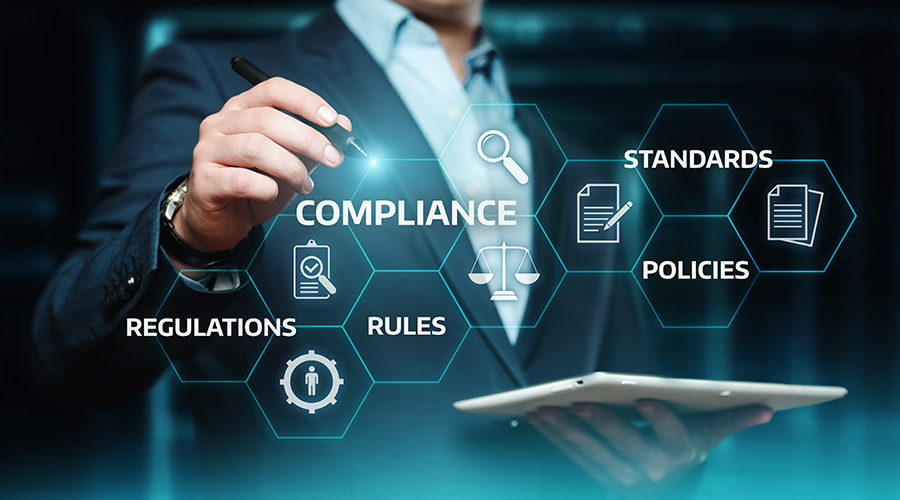NET EFFECT

Ellen Newell
Assistant Director of Grounds Services
Arizona State University
FacilitiesNet Forum
Facilities Management Tip of the Day is an informative podcast that touches on essential maintenance issues for managers. Topics include landscape management, HVAC, emergency preparedness, security, plumbing and roofing.
Methicillin–resistant staph aureus (MRSA) caused more than 94,000 life–threatening infections and nearly 19,000 deaths in the United States in 2005. Most of the infections were associated with health care settings, according to the most thorough study of life–threatening infections caused by these bacteria, experts with the Centers for Disease Control and Prevention (CDC) report. The study in the Oct. 17 edition of the Journal of American Medical Association establishes the first national baseline to assess future trends in invasive MRSA infections.
Learn how the process of retrocommissioning can improve system efficiencies and reveal hidden areas of cost savings. Rusty Ross, director of commissioning services for SSRCx, will illustrate the retrocommissioning process and detail key requirements and common stumbling blocks. Participants will:
-
explore the costs involved
-
review a project scope and facility–specific goals
-
discover bottom–line results for the organization
-
see real-world applications via pertinent case studies.
Building information modeling (BIM) is slowly gaining momentum not only for design and construction, but also facility management and operations. Have you used BIM in any capacity? Vote yes or no.
Blog Watch
The conditions in a facility can have a major impact on its occupants, reports USA Today.
Gosh, imagine that.
It seems hotel owners, developers and architects are taking a greater interest in noise problems and acoustics affecting their facilities. From in-house renovations and nearby construction to noisy in-room air conditioners and too-loud neighbors, noise is becoming a higher priority for travelers, which means it’s becoming a bottom-line issue for hotels. As the newspaper headline puts it, “Loudness Does Cost Hotels Money in the Long Run.”
Maintenance and engineering managers in these hotels are dealing with an issue their counterparts in hospitals, K-12 schools, and colleges and universities have confronted for years — namely, ensuring facilities provide an environment that is safe and comfortable …
In an ever-increasingly technology dependent world, data centers are big business. Companies and organizations around the world, and not just internet-based companies, count on reliable data centers to keep business operations up and running.
What happened on Tuesday, July 24 in San Francisco is a good example of what shouldn’t happen if power to a data center is cut off. When power to a large data center was lost from the utility company, the backup generators failed to start immediately, and were only turned on a full 45 minutes after the blackout started. This led to a number of large internet sites to crash; some for a few hours, but some for much longer, as they had to reboot servers.
The company running the data center is still investigating why the generators didn’t immediately kick in. What I wonder is why it took almost an hour to get them on at all. Obviously, something wasn’t quite right in that facility — or there were some grave communication errors. Only time will tell if there can be a lesson learned from the situation…and if the data center facility will still be in business much longer …
Since 9/11, managers and owners in all types of facilities have struggled to balance two essential priorities — tighter security and practical, cost-effective security technology. Most organizations have taken some steps to retrofit buildings to protect occupants, operations and assets from attacks. But too often, managers have had to make hard decisions without enough information on how a given piece of technology is likely to perform and on how it might interact with other systems and technology already in place.
Now, managers have something of a road map to a central element in facility security.
A new report from the National Institute of Standards and Technology (NIST) and the U.S. Environmental Protection Agency (EPA) offers managers information on retrofit options to improve the safety of buildings against airborne chemical and biological hazards. Managers can use the new guide, Building Retrofits for Increased Protection Against Airborne Chemical and Biological Releases, to determine whether or not, and how, to harden existing buildings against accidental chemical releases or possible terrorist threats …
eTool
The Power Profiler from the U.S. Environmental Protection Agency can determine a facility’s power grid region based on ZIP code and utility, compare the fuel mix and air emissions rates of the electricity in a region to the national average, and determine the air emissions impact of electricity use in a business.
Related Topics:












